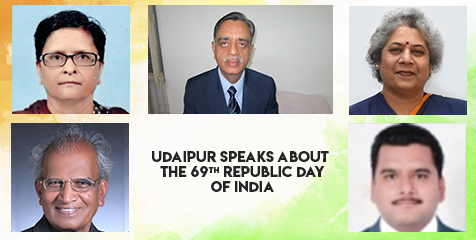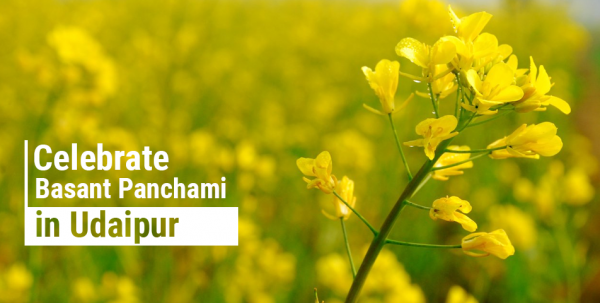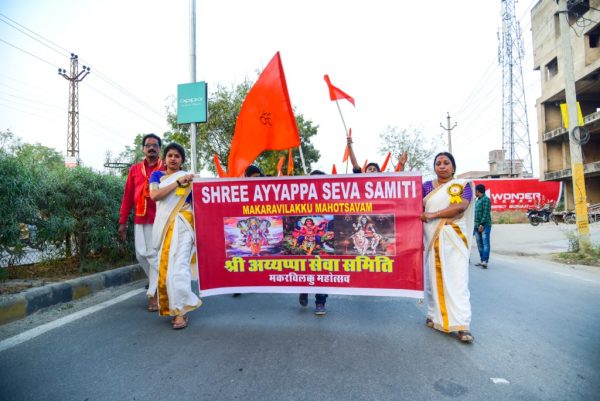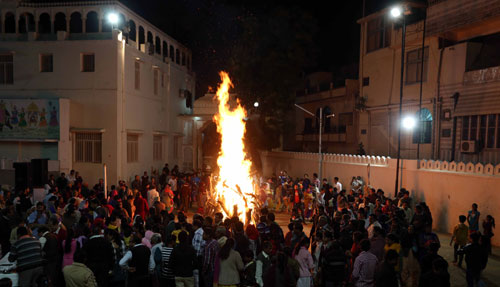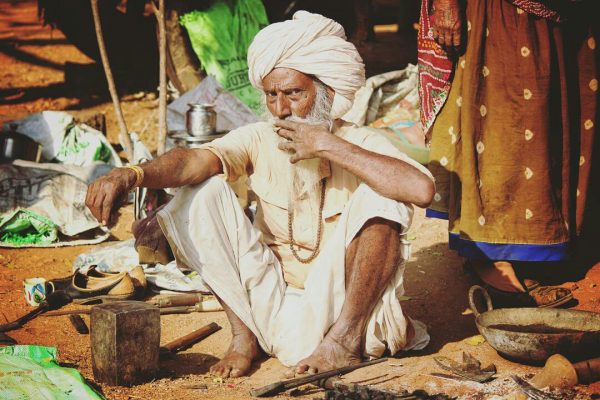Posted inMore
Tourist Guides: Promoters of Tourism
In making Udaipur a big tourist destination, retaining its reputation and also in enhancing it several agencies are involved. The tourist department provides full information about the worth visiting places to the tourists.…

